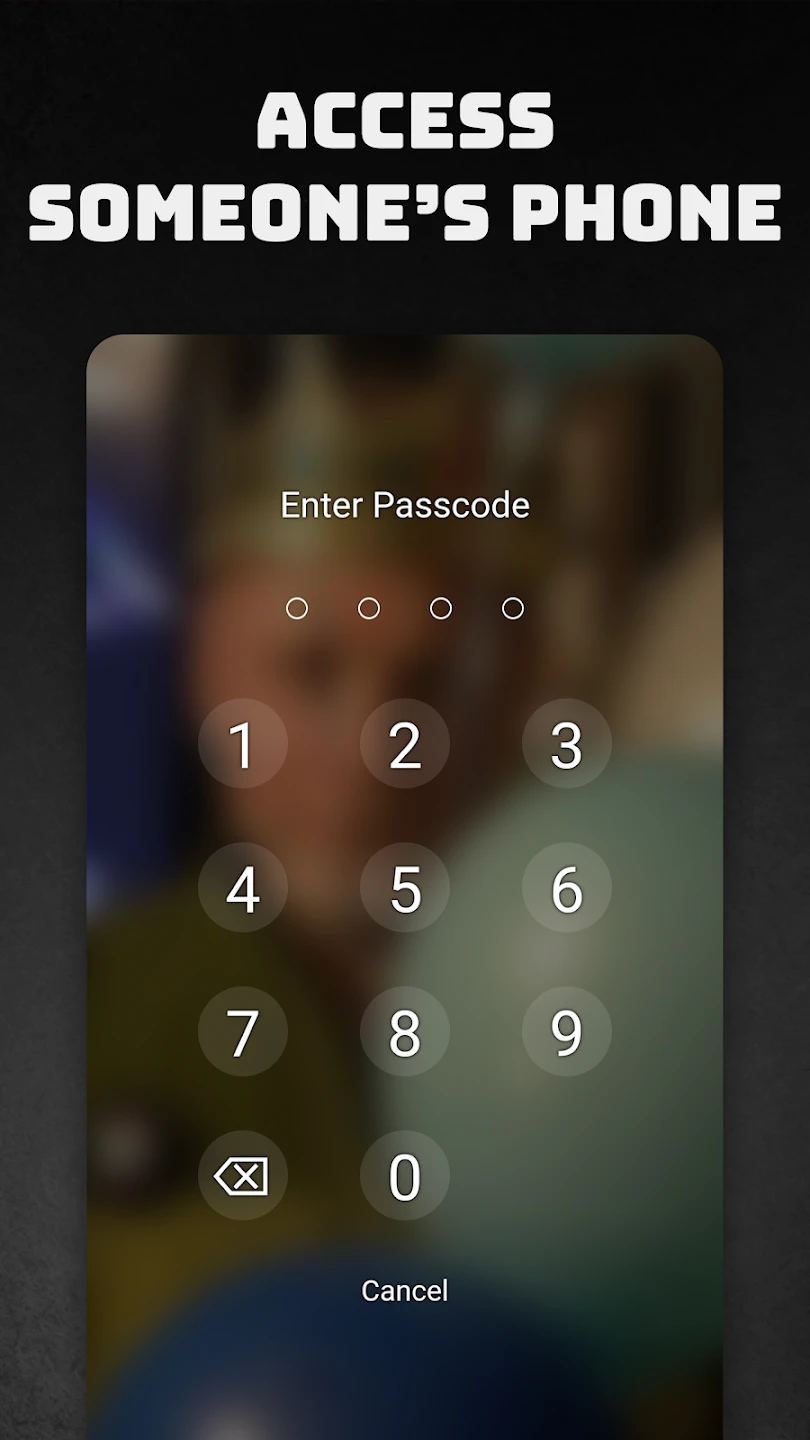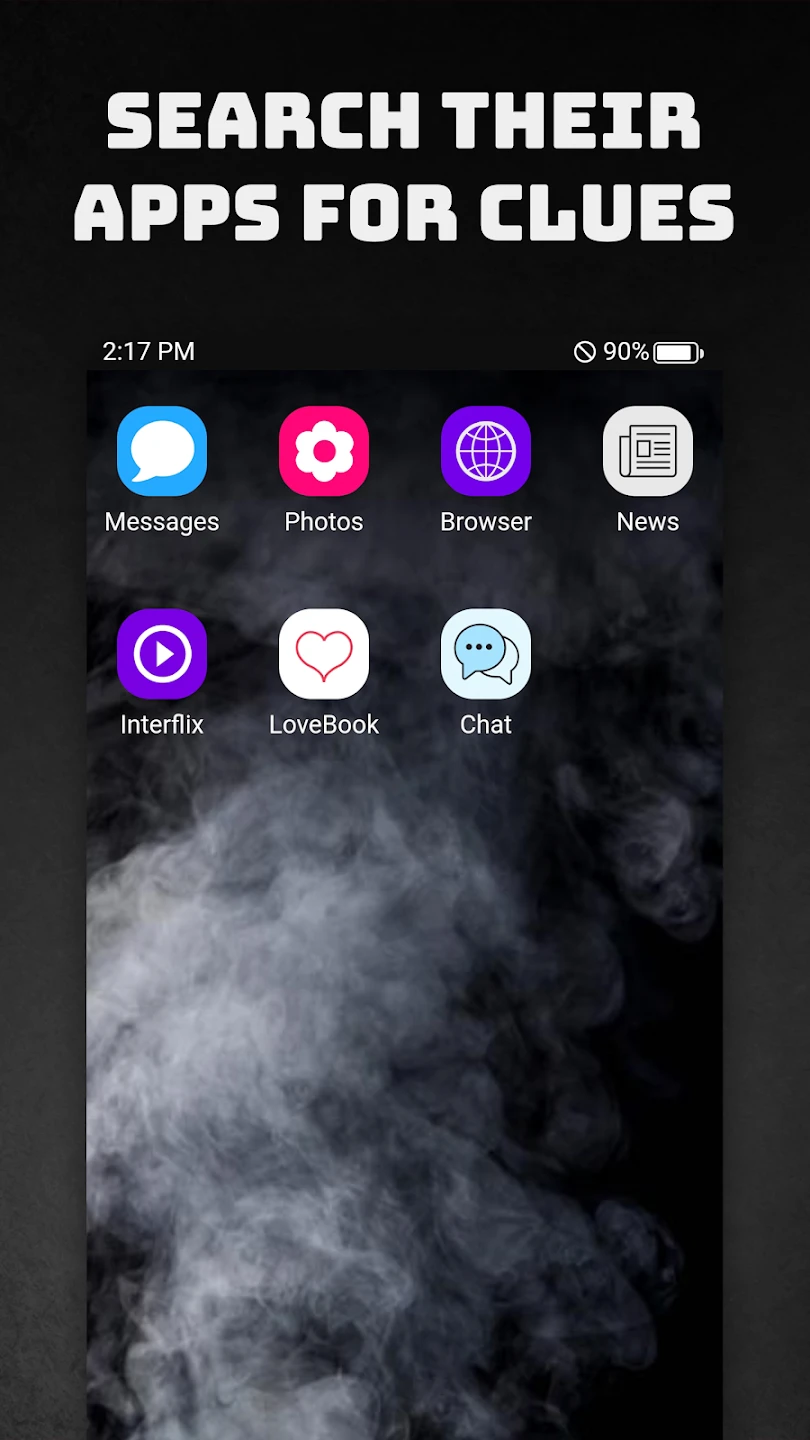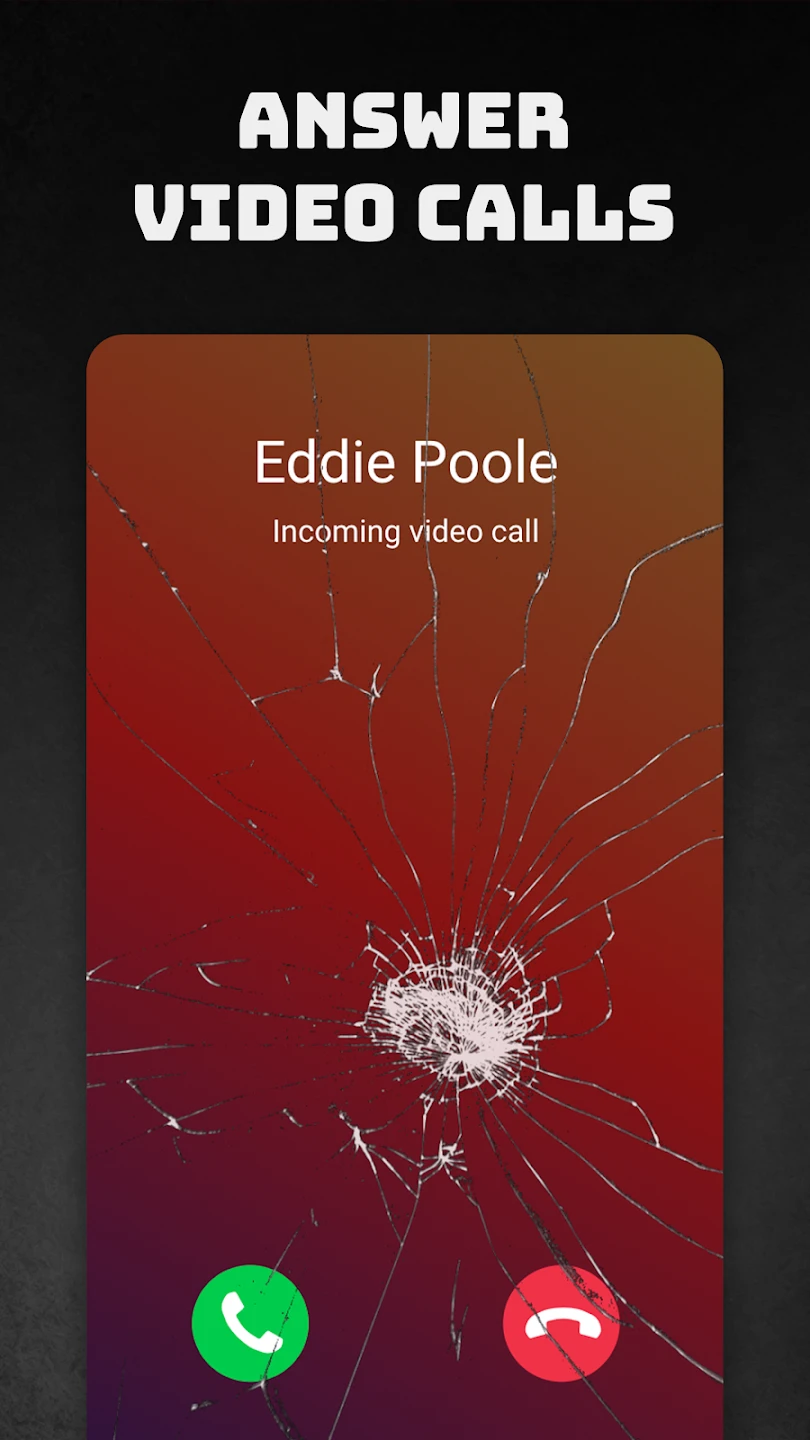 |
|
| Rating: 4.8 | Downloads: 1,000,000+ |
| Category: Adventure | Offer by: FaintLines, Inc. |
Peek a Phone – Detective Game is an immersive puzzle adventure puzzler genre that blends mystery investigation with time-based challenges, offering a captivating mobile experience focused on deduction and observation. Players assume the role of a keen detective exploring various crime scenes, interviewing suspects, and analyzing evidence to unravel the plot—what makes this game particularly engaging is its clever use of the smartphone interface as a central interactive element.
The gameplay experience is enriched by its clean UI combined with vibrant, stylized visuals that evoke mystery while maintaining player approachability. The intriguing storyline with branching narratives offers substantial appeal, drawing players deeper into each case while the title “Peek a Phone – Detective Game” emphasizes its innovative use of the player’s device.
Gameplay and Features
- [Core Gameplay Loop]: Players explore miniature “peek scenes” by swiping/indexing through them, discovering subtle clues like miniature notes, unusual objects, or text snippets, then solve a central puzzle which unlocks screen rotation/raycast to transform the scene into its full context. Objectives involve piecing together the narrative by identifying key evidence through keen observation.
- [Visuals or Art Style]: Features minimalist, colored 2D illustrations with delightfully whimsical and sometimes eerie touches, using descriptive adjectives like “calming yet subtly ominous” to depict scenes. Pixel-perfect details on clues add tactile depth.
- [Modes or Levels]: Available through procedural generation levels tied to a shared storyline and a sandbox mode with random item combos. Each level presents a unique crime scene configuration, ensuring high replayability through randomized hints and evidence variances.
- [Controls or Interface]: Primarily touch-based with intuitive swiping gestures (left/right/up/down) to navigate scenes and zoom/raycast mechanics for interaction. The controls offer a remarkably easy learning curve, though progression unlocks more sophisticated multi-hint detection.
- [Customization or Power-ups]: Players can customize clue filters (e.g., sound-sensitive, heat-sensitive viewers) and unlock narrated character backstories alongside puzzle-mechanical keystones that reduce encounter instances. Motivation for ongoing play comes from unlocking detective ranks and quirky character inventory items.
How to Play
Beginner’s Guide:
- Step 1: Download and launch “Peek a Phone – Detective Game”, start with introductory tutorials explaining hints sensitivity and screen-peek mechanics.
- Step 2: Begin cases by swiping to explore the 2D scene, listen to background radio/interview snippets, identify clues, then synthesize their observations onto the main case page.
- Step 3: Select clues then use intuitive toggle blocks to draw logical conclusions, solve the central puzzle to proceed to the next level/scene iteration.
Pro Tips:
- Listen carefully during scene audio snippets – background clues often provide vital perspective.
- Strategicly save energy items before challenging scenes to avoid retrying puzzle loops prematurely.
- Adopt sparse-highlighting for initial case solutions to save filter unlocks for more challenging scenarios later.
Similar Games
| Game Title | Why It’s Similar |
|---|---|
| Mystery House Switch |
Shares a similar minimalist puzzle adventure genre with its click-to-involve structure and discovery-based plot, known for its enigmatic mini-scenes and detailed atmospheric design. |
| Raycast Puzzle Rooms |
Appeals to the same inquisitive puzzle solvers focusing on device-space interactions, offering stylized transformation mechanics and compact logical trials across various themes. |
| Crimson Event Registry |
Popular among fans of “Peek a Phone – Detective Game”. Has comparable interactive-level pacing and mechanical obscurity with self-contained event revenge cycles requiring keen attention. |
Frequently Asked Questions
Q: Are mini-clues mandatory to use?
A: Actually no, you can directly process text/audio evidence first or deduce your answer purely from objects scanned, as the core system is designed to allow multiple valid paths to the solution for inclusivity.
Q: The audio shifted mid-game – Is this intentional gameplay element?
A: That represents transition to a flipped detective interpretation mode! This augmented reality-like shift indicates activating clues that unlock perspective-perspective-thought theory for advanced case solving.
Q: How does the level randomization affect story progression?
A: While core story drivers are linear, procedural level mixing influences character dialogues through context-driven roles and inserts probability anchors into puzzle chains, which slightly alters enemy clues but doesn’t fundamentally break the story flow.
Q: Are there save points?
A: Progress automatically saves upon completing cross-references or moving between cases, with an option to bookmark specific scene states you find challenging via the in-game locker, making trial-and-error management easier.
Screenshots
 |
 |
 |
 |
